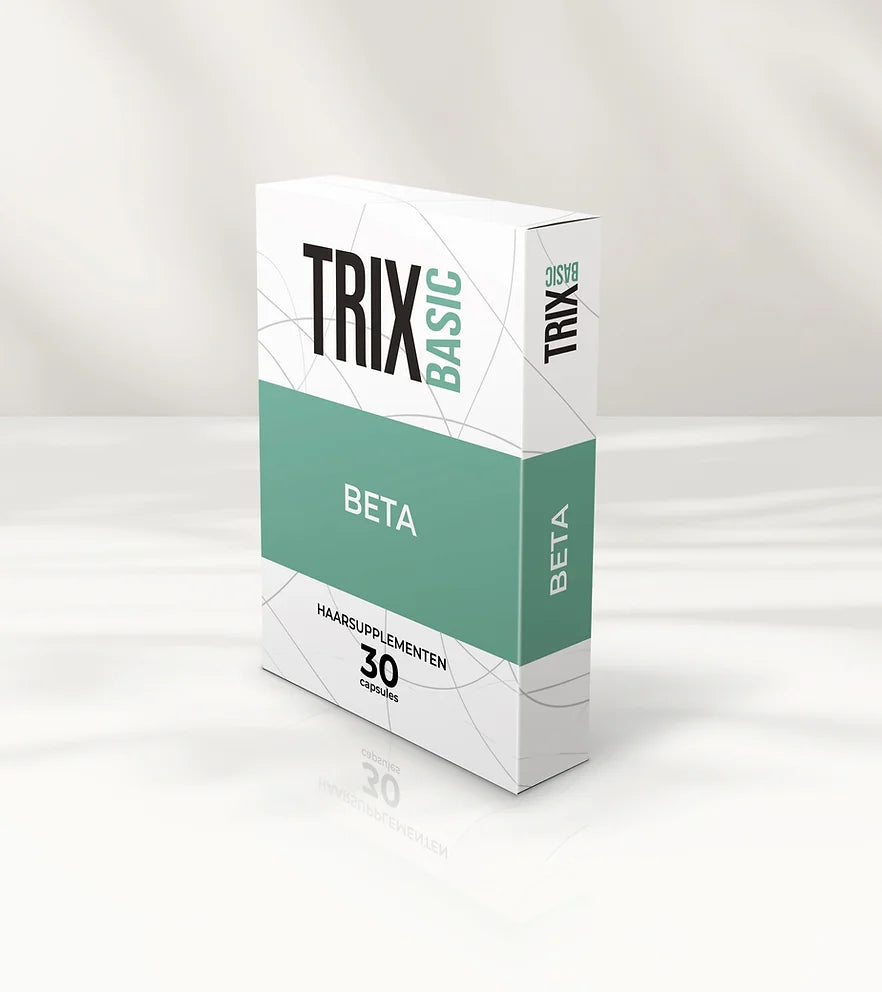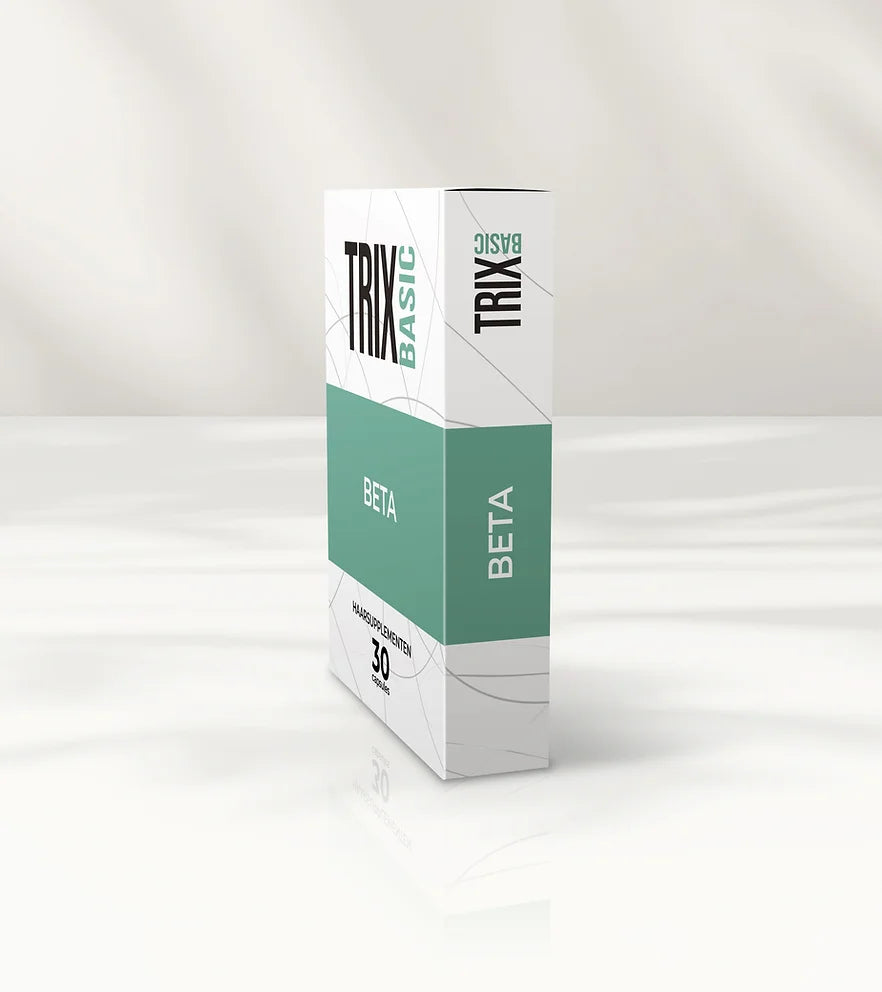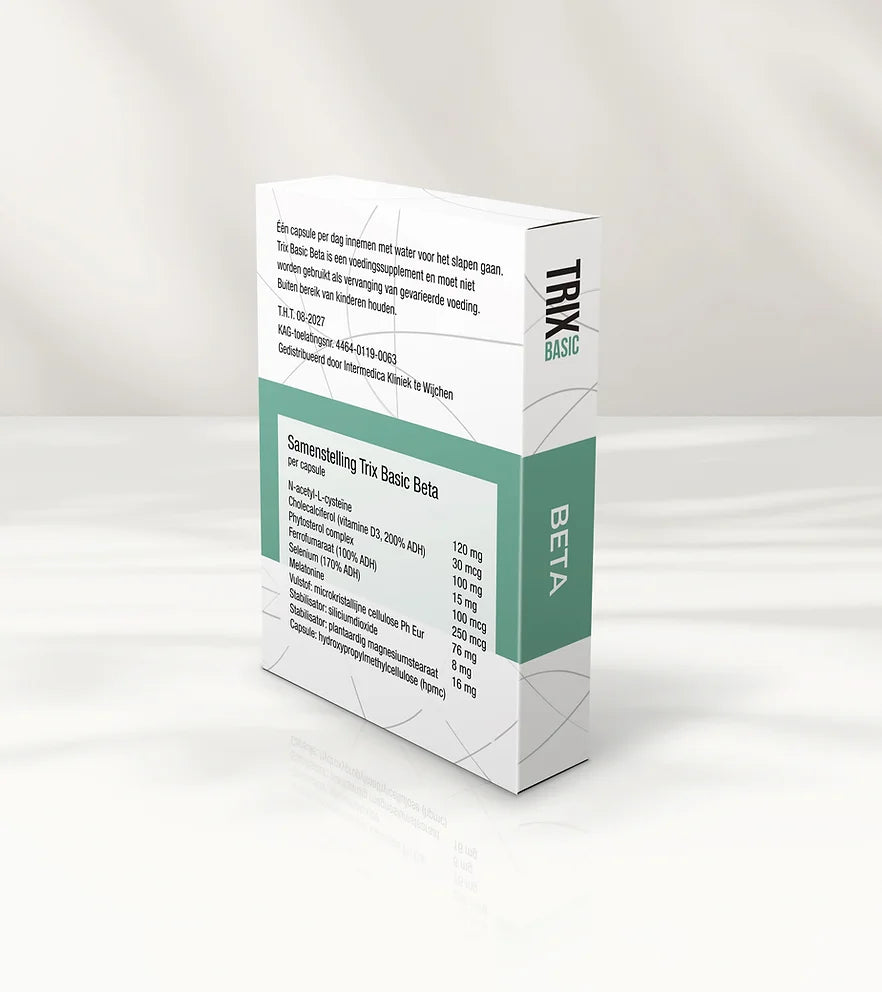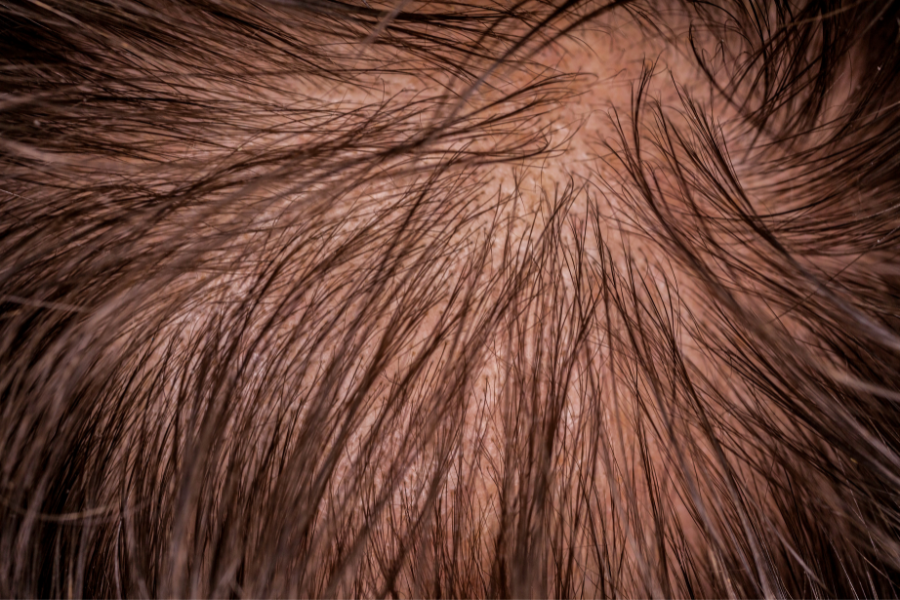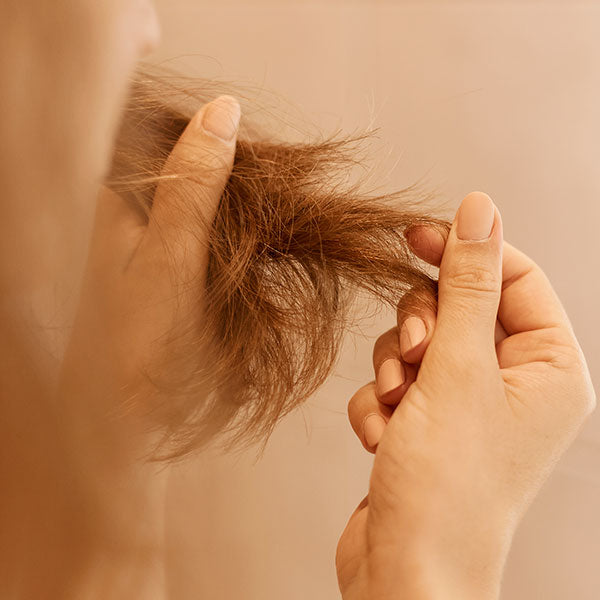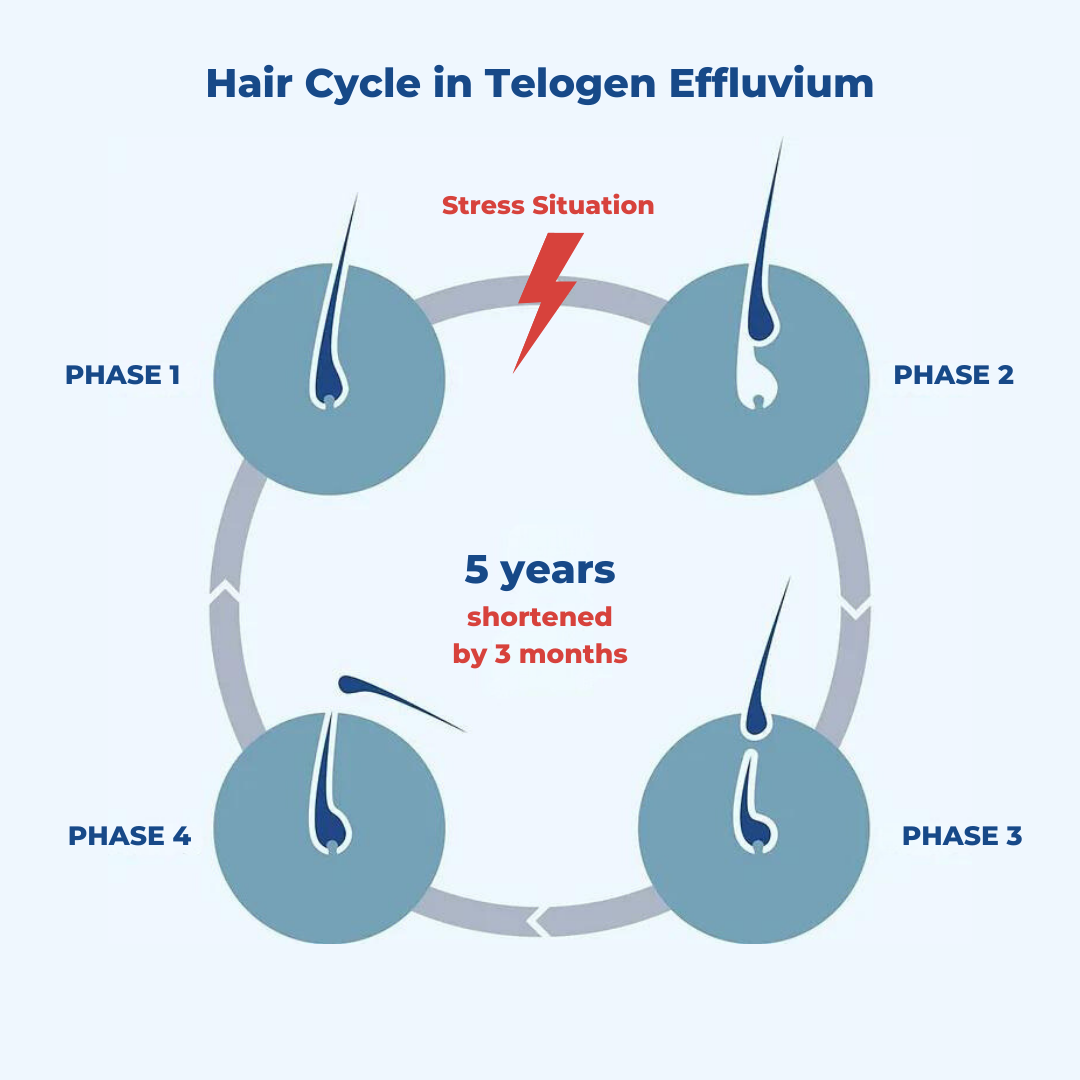
Hair Loss or Thinning Hair?
Share
Hair loss is a common issue that affects both men and women, but it can manifest in different ways. Two of the most prevalent forms are telogen effluvium and thinning hair due to alopecia androgenetica. While both conditions result in hair loss, they have distinct causes, progression, and treatment approaches. Understanding these differences is key to managing and treating hair loss effectively.
Understanding the Difference Between Hair Loss (Telogen Effluvium) and Thinning Hair (Alopecia Androgenetica)
The Hair Cycle The Basics
To fully comprehend the differences between telogen effluvium and alopecia androgenetica, it’s crucial to first understand the hair cycle. The hair cycle consists of three phases:
- Anagen (growth phase): Lasts several years, during which hair actively grows.
- Catagen (transitional phase): A brief phase where hair growth slows.
- Telogen (resting phase): Lasts about three months, after which hair falls out and is replaced by new growth.
Telogen Effluvium: Acute Hair Loss
Telogen effluvium is characterized by the premature entry of a large number of hairs into the telogen phase, leading to excessive shedding—often more than 150 hairs per day. This condition can be triggered by various factors such as stress, significant weight loss, illness, vaccination, or surgery. Typically, a few months after the triggering event, you may notice a sudden increase in hair shedding. The good news is that telogen effluvium is usually temporary. Once the underlying cause is addressed, the hair cycle generally recovers, and hair often regrows within six to twelve months.

To support recovery from telogen effluvium, consider incorporating TRIX Basic Beta into your routine. This supplement is specifically designed to help manage stress and promote healthy hair regrowth during and after periods of acute hair loss.
Alopecia Androgenetica: Progressive Thinning
Alopecia androgenetica, commonly known as hereditary hair loss or male pattern baldness (though it affects both men and women), is a progressive condition where hair gradually thins over time. This type of hair loss is driven by a genetic sensitivity to DHT (dihydrotestosterone), which causes hair follicles to shrink gradually. As a result, hairs become thinner and shorter, leading to visible thinning and reduced hair density over time. Treatment for alopecia androgenetica focuses on stabilizing the hair loss process.

This can involve medications, topical solutions, or supplements like TRIX Basic Alpha. This supplement is formulated to help combat the effects of DHT, supporting the maintenance of your existing hair and potentially improving hair density over time. It’s important to manage expectations—improvements can take several months and require consistent, long-term use. The primary goal is to prevent further hair loss, which in itself is a significant achievement.
Both at Once: What Now?
In some cases, telogen effluvium and alopecia androgenetica can occur simultaneously. When this happens, you may experience both acute shedding from telogen effluvium and gradual thinning from alopecia androgenetica.
This combination can be confusing and distressing, but it’s important to address both conditions with tailored treatments. While telogen effluvium requires patience and time to resolve, alopecia androgenetica demands ongoing treatment and careful monitoring.
To navigate this complex situation, a comprehensive approach that includes supplements like TRIX Basic Alpha and TRIX Basic Beta can be beneficial. These supplements support hair health from multiple angles, helping to manage stress-induced shedding while also addressing the underlying hormonal factors that contribute to progressive thinning. By understanding the distinct nature of these conditions and taking a proactive approach to treatment, you can better manage hair loss and maintain the health of your hair.


